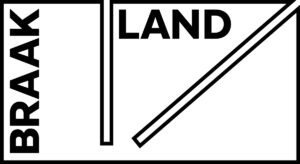With:
Nadine Hattom (IRQ/AUS)
Ana Janeiro (POR)
Maha Maamoun (EGY)
Valentina Stellino (BEL)
Malika Sqalli (MOR/AUT)
A middle ground between different places, different cultures and different identities,
An intermediary position to observe, to wonder, to record, to receive and to make sense from diverse sides,
A sphere in-between real-life and the world of art,
A transitional field between photography and other art media,
A meeting place for open-ended stories of potential and hope.
6 May 2017 – 4 June 2017
Opening Sat. 6 May, 17:00
Fotomuseum Antwerp, in the framework of the Braakland project
“Betwixt and Between” features work by five photographers who address voluntary or involuntary displacement and the effects it generates on one’s identity; artists whose work derives from the notion of finding one’s place in a new context. While culminating different cultural influences, they find themselves in a middle ground, in-between new and former cultures. Although the development of a feeling of belonging is more oft than not difficult and a seemingly never-ending process, other, more positive sensitivities are at play here as well, such as wonderment, enthusiasm about evident potential, deep introspection, hope or pure joy.
All too often, the very complex emotional assemblage that the struggle for fitting in a new environment constitutes, is being shown through photography from a perspective of docudrama. Indeed, there is a lot of activist potential of photojournalism, reportages or documentary series concerning the issue; yet this project consciously aims for different styles of photography, rather with a strong conceptual basis wherein a layered, more personal, sensitive and open-ended reading is possible.
The selected artists share an inclination to photography as their preferred medium due to the distance a camera creates to the subject. This allows for observation and drawing closer to it, thus endowing it with an auxiliary social use. However, in each of their practices, photography is only a means to convey artistic ideas and all of them have expanded their body of work well beyond the limits of it.
Furthermore, it is noteworthy that family is an aspect that is frequently covered, as migration often involves entire families and as within the family context, issues such as the role of traditions, diverging assimilation processes and the collective awareness of being other, become pertinently clear.
Another significant common feature is the use of multi-layered, narrative structures. It lays bare the fact that migration cannot be framed in simplistic slogans. This relates poignantly to the main ambition of this exhibition: to show more complex and even positive artistic perspectives on the theme that were born out of the medium of photography.
Nadine Hattom

Nadine Hattom, “Amman Pasha Hotel”, 2016.
Since the earliest stages of her career, Nadine Hattom (b. 1980, Baghdad) has set out to bridge the distance between photography and sculpture, introducing three-dimensional elements in her works or translating images into objects. Moreover, this idea of translation has become central in her practise: she engages the public to read an image analogous to reading a word so that shifts in meaning can occur. Invariably, her series resemble narrative constructions in which identity, the middle-eastern landscape and personal memories play a crucial role. Hattom comes from the Mandaean community in Iraq, a tiny, age-old religious minority. Due to the Iran-Iraq conflict, her parents moved to Abu Dhabi and later to Australia. Now, Hattom lives in Berlin. These multiple, cultural components constitute her identity and through her art, she is able to let them speak in unison. All these traits are clearly present in her new work entitled “Amman Pasha Hotel”. The installation’s primary piece is a print of a cityscape of Amman, Jordan’s capital, a shot that Hattom took randomly, and features the well-known Pasha Hotel. Its flamboyant, entrepreneurial owner is a Palestinian who once moved with his family to Australia, which obviously resonates with Hattom’s biography, and who eventually returned to the Middle East.
http://www.nadinehattom.com
Ana Janeiro
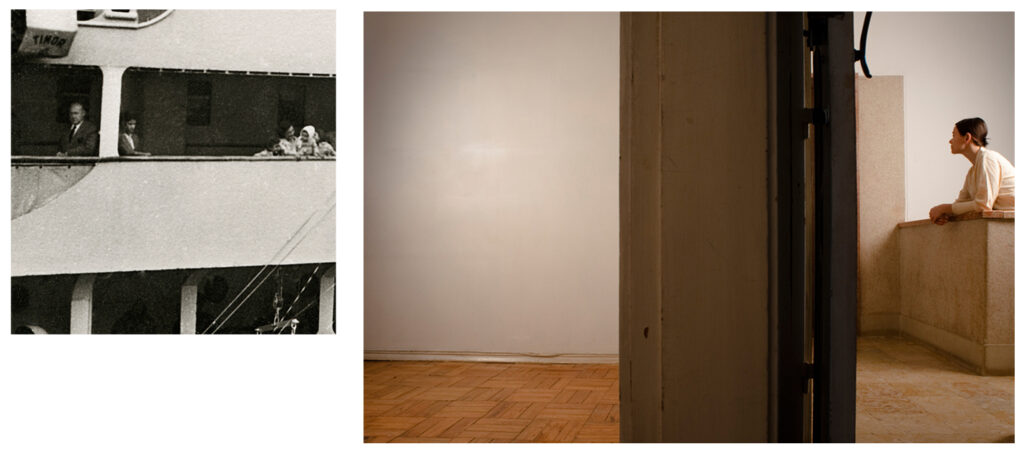
Ana Janeiro, “Album India Portuguesa 1951-1961” (2013).
Although India asserted its independence from Britain in 1947, a few regions remained under French and Portuguese rule. Portugal kept Goa, Daman and Diu on the western coast. The Portuguese presence in India dated back to the end of the fifteenth century and ended only in 1961 after two decades of tension. Artist Ana Janeiro’s grandparents migrated and lived there from 1951 to 1961. After finding photographs and letters concerning this period of her family’s history, Janeiro (b. 1978, Lisbon) matched these with the stories that she had heard numerous times at family gatherings, and assimilated her ruminations in her series “Album India Portuguesa 1951-1961” (2010). However, the work does not attempt to be conclusive history writing, rather, a retelling of a constructed narrative about her family and her country’s past. This is a constant in Janeiro’s oeuvre: taking clues from diverse historical sources and turning them in a new, open-ended narrative. In this case, shots of official documents and letters, original pictures as well as photos of re-enactments are combined. A remarkable feature of the series is the appearance of legs of doorframes that intersect the action in several images and divide the picture plane into two separate spaces. This calls to mind the notion of reframing, as well as the idea of border crossing.
http://www.anajaneiro.com
Maha Maamoun
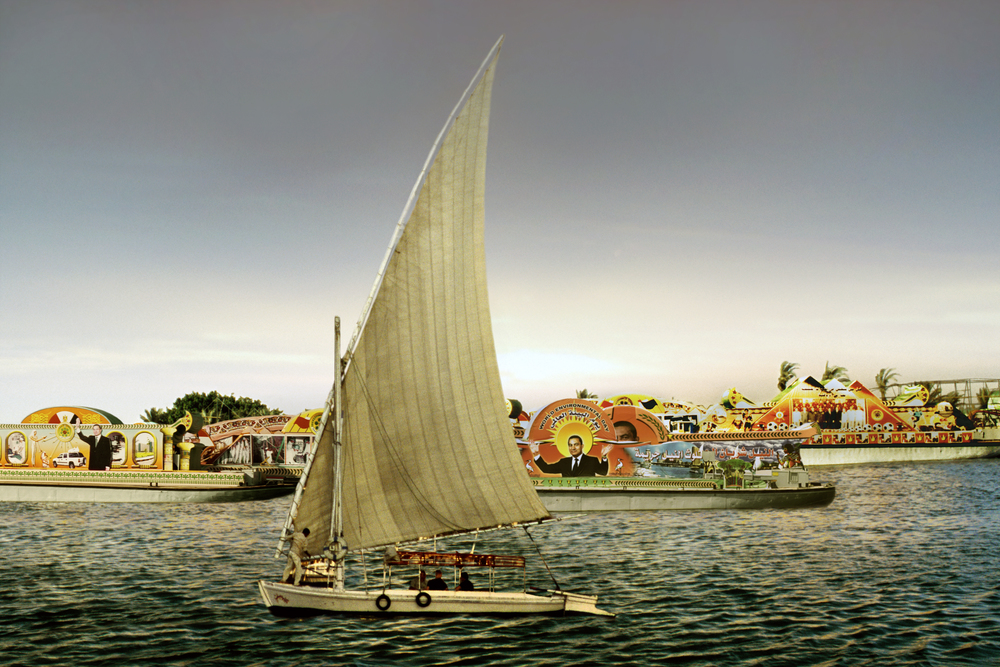
Maha Maamoun was born in California (b. 1972); however, she followed her parents back to their native country Egypt when still a child. In Cairo, she studied economics and later Middle Eastern History at the American University, where she developed a love for the photographic medium. In 2004, she cofounded the Contemporary Image Collective (CIC), a photography-centred organisation. Maamoun’s oeuvre evolved with the inclusion of film, although her core themes remain consistent. She ingeniously reveals the ways in which a national identity and national symbols are formed through popular culture. It is no surprise that she takes Egypt as a prime example; her stance as an artist and specifically as a photographer discloses a strong affinity that is clearly expressed in an aloof manner. This regularly imbues her photographs with a sharp but tender wittiness. Often, she consciously but subtly manipulates images, consigns them to particular sequences or uses rather awkward points of view to direct the viewer towards new and unexpected meanings and interpretations. “Domestic Tourism” consists of two series, which are a study into the influence of tourism and leisure on the representations of a nation’s identity. As the title indicates, the primary subject matter is Egyptians enjoying the tourism complex in their own country.
http://gypsumgallery.com/info
Valentina Stellino

Valentina Stellino, “Camping In Spain”, 2016.
Central in previous series of Valentina Stellino (b. 1992, Brasschaat) are the diaspora and lifestyle of specific family branches as well as of some of her acquaintances, which are of Italian descent. In these works, psychological tension and a perplexing ambiance are prevalent; the movements and gestures of her models seem to be frozen, which often results in scenes that resemble tableaux vivants. Indeed, Stellino asked her sitters to re-enact their own domestic rituals and mundane activities in a familiar and unmediated environment. The outcomes are more often than not poses that are neither self-assured nor completely unnatural in depictions of a time in-between actions or events. Moreover, we may well situate Stellino’s work between fiction and non-fiction; it inhabits a zone between real-life events and a reconstruction thereof. Hence, the obvious analogy with film stills; combined with the sequential nature of a series, a narrative aspect comes into play, though Stellino only provides clues for possible readings. In her new series “Cut” (2016-17), she takes this further with a collection of photographs taken all over the world, in which the notions of leaving and returning are imperative. A certain sense of melancholy and of loneliness is inherent to the ensemble’s concept.
http://valentinastellino.be
Malika Sqalli
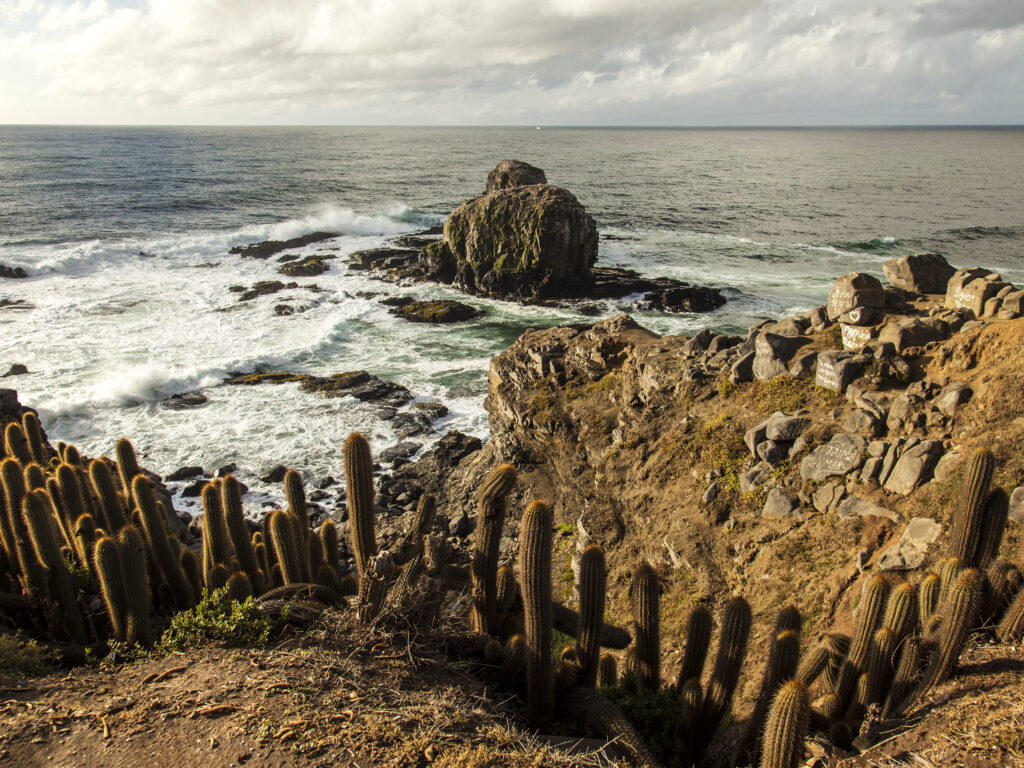
Malika Sqalli, “Latitude 34: Chile”, 2015.
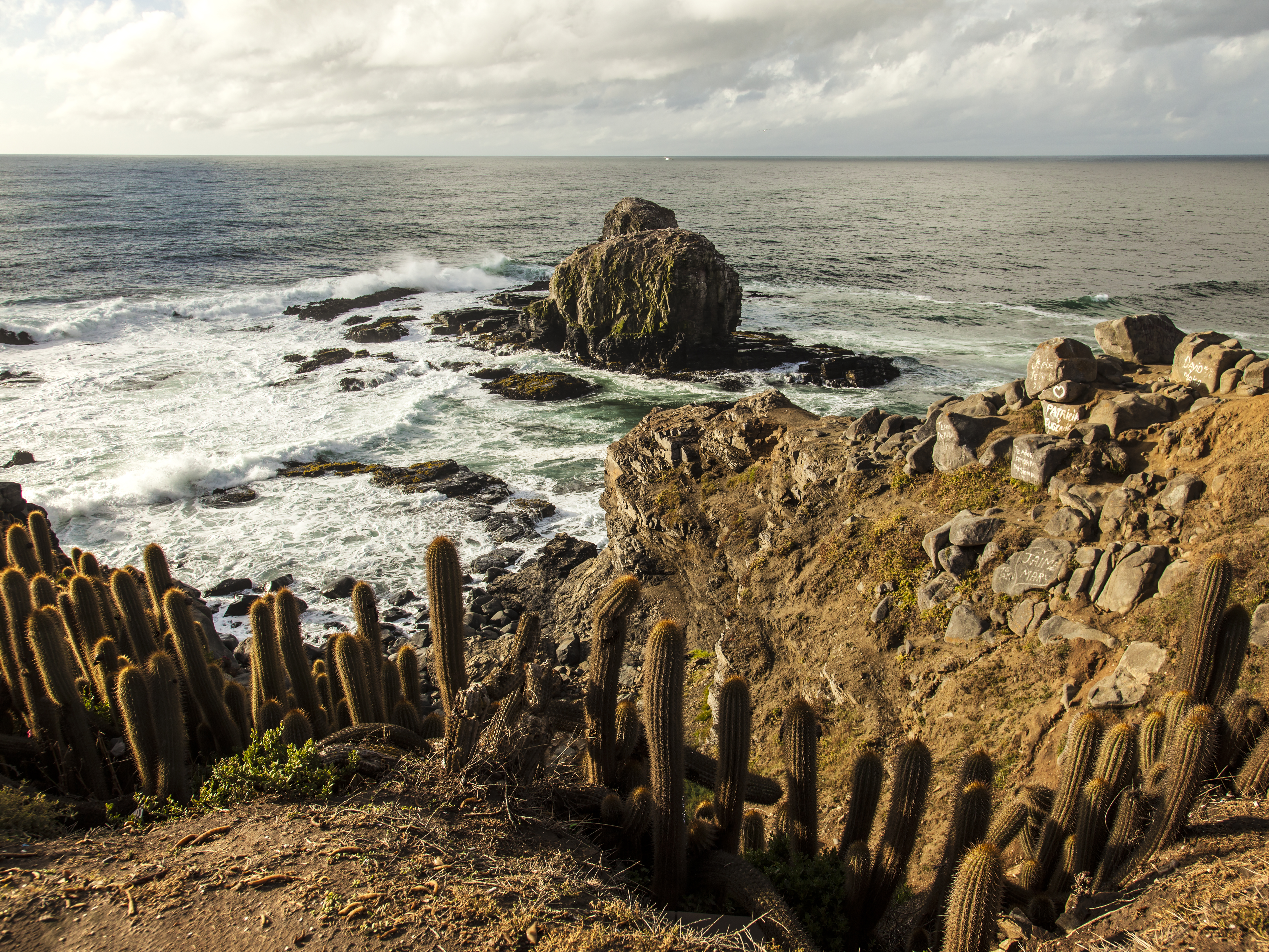 Malika Sqalli (b. 1977, Rabat) was born and raised in Morocco before moving to France in her teens, where she would study arts. She went on to live in London while also regularly returning to her native country. Furthermore, she travels extensively, attempting to tie all the different heritages in her to the cultures she visits. Through a holistic personal view on the world and driven by a propensity for optimism, she habitually detects links between places, congruencies in landscapes and weather conditions, similarities between people’s traits and behaviour, and common wisdoms. Fragments of landscapes or skylines, deserts in different parts of the world, patterns and colours as well as moods and feelings are connected in a dense network of references. For instance, for her series “Latitude 34” (2013), initiated in Santa Monica on her 34th birthday, she travelled to cities along the thirty-fourth degree of latitude, on which her birthplace Rabat lies. Aptly, motives such as lines and threads appear regularly in Sqalli’s work. However, one line always returns home. The artist’s nomadic lifestyle estranges her from the feeling of belonging, which translates in a position neither here nor there, in terms of identity as well as physically; thus, questions about the idea of home are raised prominently.
Malika Sqalli (b. 1977, Rabat) was born and raised in Morocco before moving to France in her teens, where she would study arts. She went on to live in London while also regularly returning to her native country. Furthermore, she travels extensively, attempting to tie all the different heritages in her to the cultures she visits. Through a holistic personal view on the world and driven by a propensity for optimism, she habitually detects links between places, congruencies in landscapes and weather conditions, similarities between people’s traits and behaviour, and common wisdoms. Fragments of landscapes or skylines, deserts in different parts of the world, patterns and colours as well as moods and feelings are connected in a dense network of references. For instance, for her series “Latitude 34” (2013), initiated in Santa Monica on her 34th birthday, she travelled to cities along the thirty-fourth degree of latitude, on which her birthplace Rabat lies. Aptly, motives such as lines and threads appear regularly in Sqalli’s work. However, one line always returns home. The artist’s nomadic lifestyle estranges her from the feeling of belonging, which translates in a position neither here nor there, in terms of identity as well as physically; thus, questions about the idea of home are raised prominently.
http://www.malikasqalli.com
braakland.fomu.be
www.fomu.be
https://www.facebook.com/events/645360958982023
